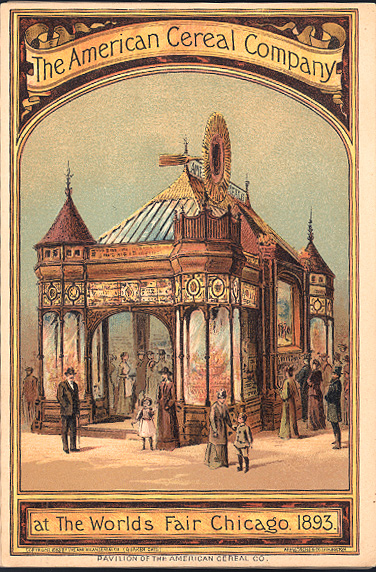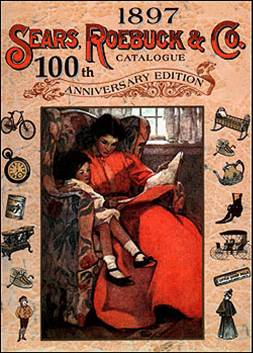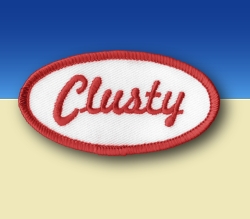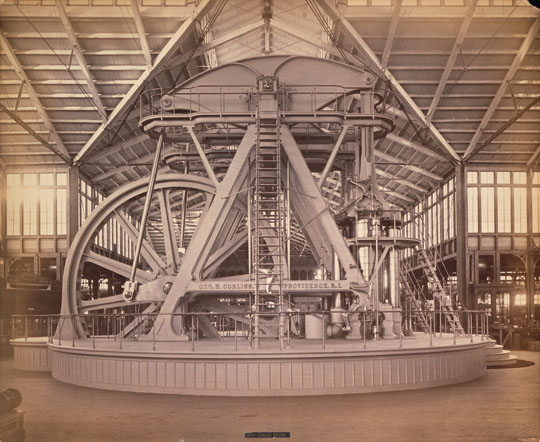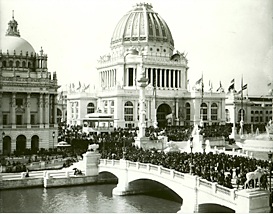The Illinois Institute of Technology has done the
same thing for the Columbian Exposition in
Visit both, browse around a little, and come
prepared to share what you’ve found. I’d be
delighted if you located 5 “interesting things”
from each fair. I’ll provide a spot to put these
on blackboard. The Columbian Exposition
Website is a bit more difficult to use
because it uses “frames” technology
(which means that the address of the page
doesn’t change as you move around the website). I’ll demonstrate a technique for getting around that little problem in class.
